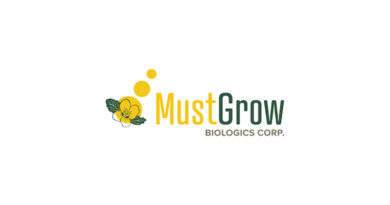Accurate forecasting helps secure UK vine crops
19 January 2021, UK: “Given the sensitive nature of vines and our rather unpredictable climate, deploying tools such as weather stations is a no-brainer really,” said Agrovista’s James Martin, Weather & Decision Support Systems Manager.
“The conditions we really want to prepare for are frosts and high wind speeds – we’re looking at crop losses if vines are exposed to those elements without adequate protective measures.”
“2021 has started with reasonably harsh conditions – frost and snow. And this is off the back of a wet autumn. Knowledge is key so if we have warning that these weather conditions are coming, we can do our best to limit the damage.”
And it’s often the frost warning function that vine growers find most beneficial from their weather stations.
Peter Self of Whitehall Vineyard in Wiltshire purchased a weather station after losing half of his vine crop during a particularly bad spring frost. Vowing to not be caught out again he now uses weather station data to improve the accuracy of forecasting in his area.
“There seemed to be fair discrepancy between online weather forecasts and the temperatures and conditions we were actually experiencing on site,” said Peter.
“In contrast, the weather station is far more precise and provides reassurance. As a new vineyard with hopes of expanding in the future, accurate weather forecasting is very important to us. We can’t be knocked back again with crop losses.
“Although we installed it for the frost alerts, I’m finding the rest of the data increasingly useful and have connected it to various devices including my smartphone. It couldn’t be easier.”
As the stations operate through a networked system, larger growers with multiple sites or vineyards can access their complete weather data in one place. A full record of time and duration of the conditions can also be provided if required.
James added: “Although weather stations are commonly deployed in areas susceptible to frost damage, growers can also use them to forecast the risk of diseases such as mildew and botrytis. This leads to more efficient and timely use of plant protection products.
“As with most technology, you get out of it what you put in. If growers are willing to put a little time into forecasting and unlock the added functions of the stations, then they really do perform.”















